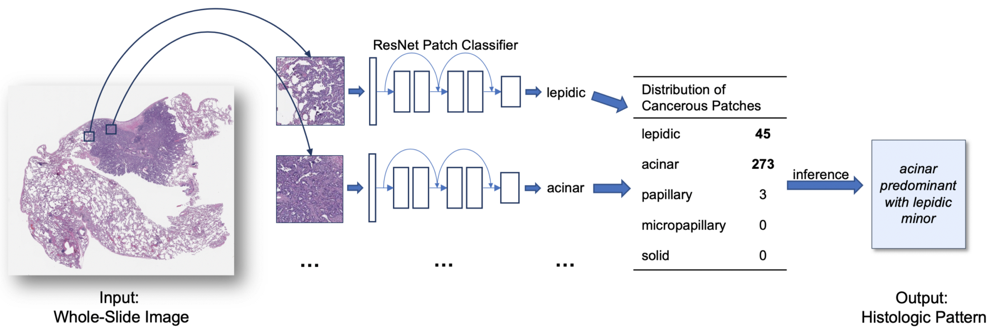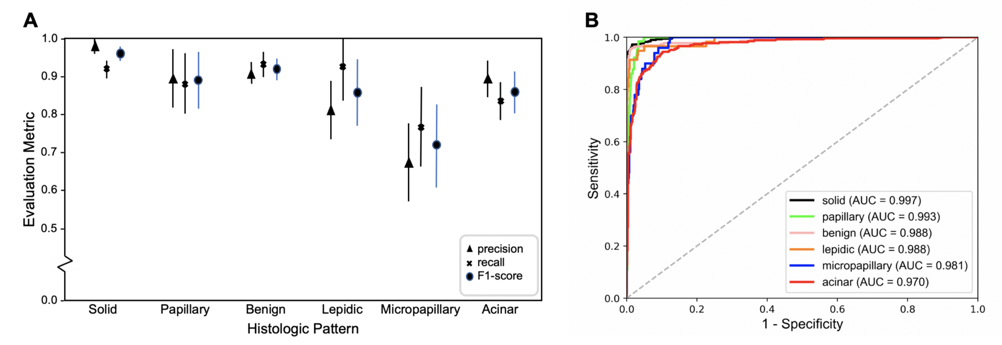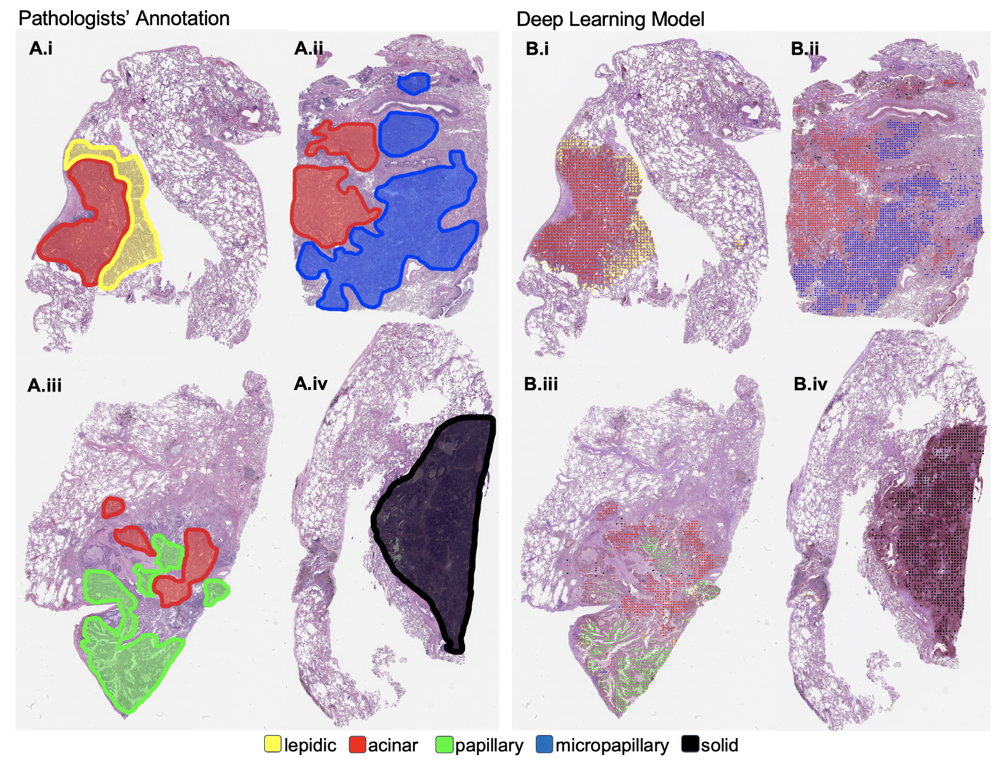Now AI classifies lung cancer as well as laboratory diagnostics specialists.
On the road to healthcare with AI support

In-depth training determines cancer better than laboratory diagnostics specialists.
In the West, lung cancer is the deadliest type of cancer. Specialists in laboratory diagnostics examine tissue samples under a microscope and classify them to determine the stage of tumor development and prescribe treatment. In each case, the cancer is unique in its own way, so the interpretation of the drug may be difficult. Extremely difficult. Can artificial intelligence come to the rescue?
Yes, yes, and ...

My bro John Watson from BBC's Sherlock
Deep learning
Recently, a method of image analysis has appeared among the technologies of deep learning, which has introduced major changes in the field of computer vision. It automatically detects the unique features of the image and is called the convolutional neural network (SNS). For automatic recognition of unique images in network images, they use an approach using data processing and do this work better than a person, if you take the manual marked ImageNet and CIFAR-10 databases for reference. If you use a large number of virtual images of drugs with the comments of specialists, the SNA can be taught to classify various types of lung cancer by pictures, and thus facilitate the process of detecting and classifying lung adenocarcinoma.

Sliding window model to classify virtual images of lung preparations
Creating AI
Scientists from the Hassanpour Lab at the Geisel Medical School in Dartmouth published a scientific article in Nature Scientific Reports about a neural network capable of classifying histological subtypes of lung cancer: creeping, acinar, papillary, micropillary, and solid. The model was trained on more than 4,000 commented virtual slides and fine-tuned using a set of classic samples for each characteristic type. The trained model performed well on these classic samples: with an area under the operating characteristic curve greater than or equal to 0.97 for all categories.

The rate of AI in the determination of classical samples of lung cancer
AI vs specialists?
To compare the work of this AI and laboratory diagnostics specialists, scientists measured their performance in independent testing. A model based on in-depth training and three medical practitioners classified 143 complete virtual images of drugs with real cases. According to the Kappa coefficient and two compliance indicators, the model they trained bypassed diagnostic doctors in all parameters, as shown in this table from the report:

Table 2: Comparison of specialists and our model in the classification of the prevailing subtypes in 143 full virtual images of drugs. Good agreement (R. Agreement) indicates the consent of the commentator with at least two of the other three. 95% of the trust intervals are shown in brackets.
To make a comparison, the characteristic types found by the model were visually presented slide by slide along with commented experts for a number of selected images. Matches very accurate:

Visualization of the histological picture commented by experts ((Ai-iv) in comparison with those determined by the model of depth learning (Bi-iv).
What does it mean?
In-depth training has become an extremely powerful method that can work on a par with a person, even when solving such complex tasks as analyzing medical images. The lung cancer classifier based on depth learning algorithms could divide patients into groups and highlight priority cases for medical analysis. It could also serve as a second opinion in cases with incomprehensible images. Although in the long run these methods can automate the time-consuming part of the specialist’s work, much remains to be done before they can be used in practice. This model needs to be tested on many databases from different organizations. Its suitability must be confirmed by clinical trials. Is there any chance that the automatic system will replace laboratory diagnostics specialists? Perhaps one day, but not soon. All AI systems must be comprehensively tested in a clinical setting before doctors, patients, and the medical community can trust them.
Creating AI algorithms for healthcare is like climbing a high mountain. We can be halfway, but there is still a long way to go, and it does not become easier.
The code for classifying a lung histopathology scan is publicly available on Github .
')
Source: https://habr.com/ru/post/445054/
All Articles